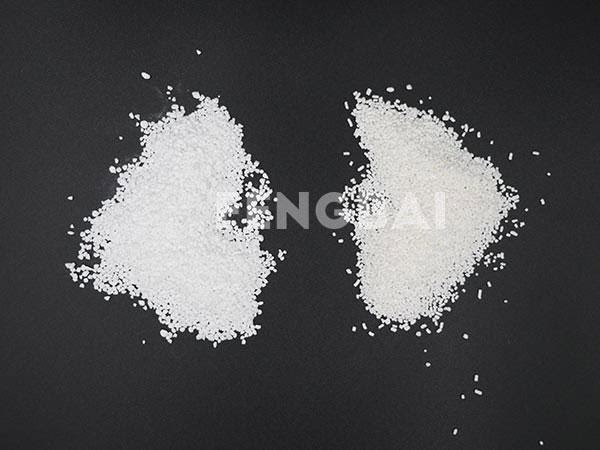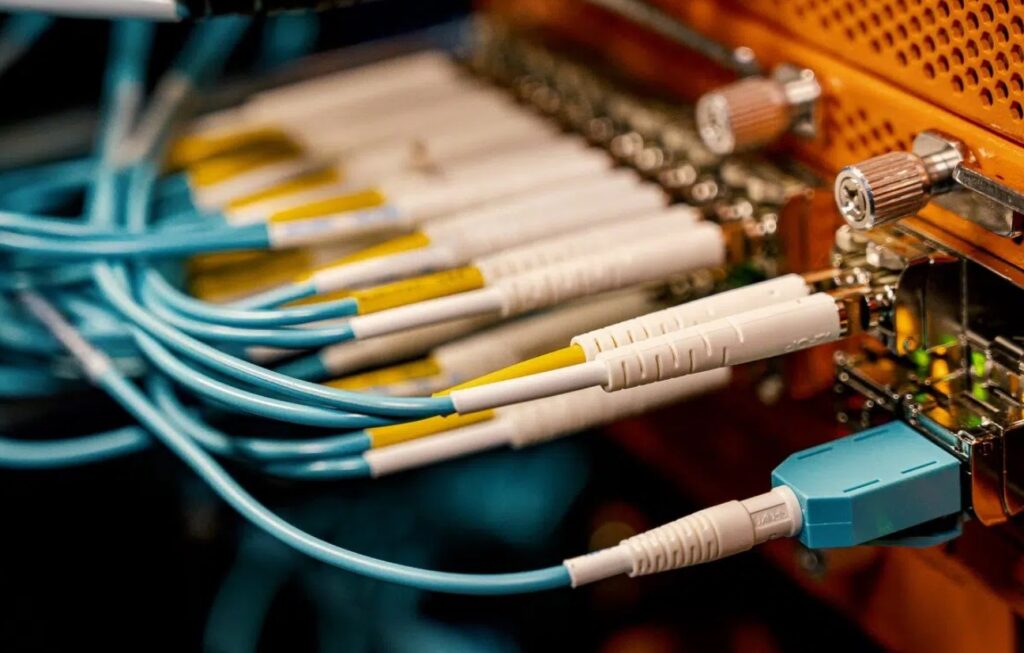Sodium dichloroisocyanurate dihydrate is used commercially, which an average user might not even know about. But given its antibacterial properties and some other ones, you should know how it can help your business — from a hygiene standpoint. This article will explain what the chemical actually is, its advantages, and some of its commercial applications.

What is Sodium Dichloroisocyanurate Dihydrate?
Represented as C3Cl2N3NaO3.2H2O or SDIC Dihydrate, it is a chemical compound widely used as a sterilizing agent. White in color, it is classified as biocides or disinfectants. Sodium, chlorine, nitrogen, hydrogen, and oxygen are the constituents of this compound. SDIC.2H20 has been known by other names as well, like 1,3,5-Triazine-2,4,6(1H,3H,5H)-trione, Sodium dichloro-s-triazinetrione dihydrate, 1,3-dichloro-, sodium salt, dihydrate, [JECFA] Dichloroisocyanuric acid sodium salt dihydrate. But they all refer to the same thing.
But SDIC.2H2O is often confused with Sodium Dichloroisocyanurate, which lacks the two water molecules. The difference between the two is SDIC.2H2O is more efficient with low levels of toxicity. That’s its main benefit and advantage. Because of the low level of toxicity, there’s a lesser risk for children or people with skin irritation.
Applications of the Compound
SDIC.2H2O is used for a variety of reasons across different industries. Here are some of the most common ones:
At Swimming Pools and Water Parks
SDIC.2H2O is an auxiliary agent and disinfectant. Which means it can easily separate solute and disinfect at the same time. Therefore, swimming pools and water parks are using the powder to keep their waters safe and clear. The powder is a better alternative to other options because the chlorine present in it is a much stable form. Plus, there’s a high level of free chlorine, which means less quantity of SDIC.2H2O is needed to clean the pools.
In Water Purification
Sodium dichloroisocyanurate dihydrate is also used at water treatment plants for purifying water. With further processing, the water can then be used for drinking purposes. In a toxicological review, SDIC.2H2O was shown to be less toxic, genotoxic, or carcinogenic. It was treated with sodium cyanurate. Any residue of intact sodium dichloroisocyanurate left in the mixture would convert to cyanuric acid upon contact with drinking water. This is carcinogenic. But there was no trace of it, and hence it’s safe SDIC.2H2O was deemed safe for water treatment.
In Agriculture
In the agriculture sector, farmers use powder to prevent fungal infection. The high supply of chlorine prevents fungal growth of any kind, and it’s low toxic levels ensure food remains safe. It is also hence used in the aquaculture industry for protecting fish, shrimps, and prawns. The powder is also good for disinfecting silkworm cocoons.
In the Medical Industry
In the medical industry, Troclosene sodium dihydrate is used regularly to disinfect wards and floors. Besides that, sterilization of lab equipment, utensils, clothes, and beddings are also done by this powder. In epidemic prevention, SDIC.2H2O has been to the rescue.
At Power plants and factories
Factories need regular cleaning to create a safe atmosphere for work and mass production. For this, sodium dichloroisocyanurate dihydrate is an effective and cost-effective way. Power plants often mix it with ionic surfactants to prepare detergent to mop the floors. This provides both sterilization and disinfection. The textile industry uses it as a low-temperature bleaching agent that acts quickly. With low levels of toxicity, it is also safe for use at food production facilities.
The powder in itself is neutral. This does not alter the pH level of the water significantly. Therefore, it can be used in places where the pH level of water is of importance. When buying the powder, it’s important to order from a reliable chemical vendor.



